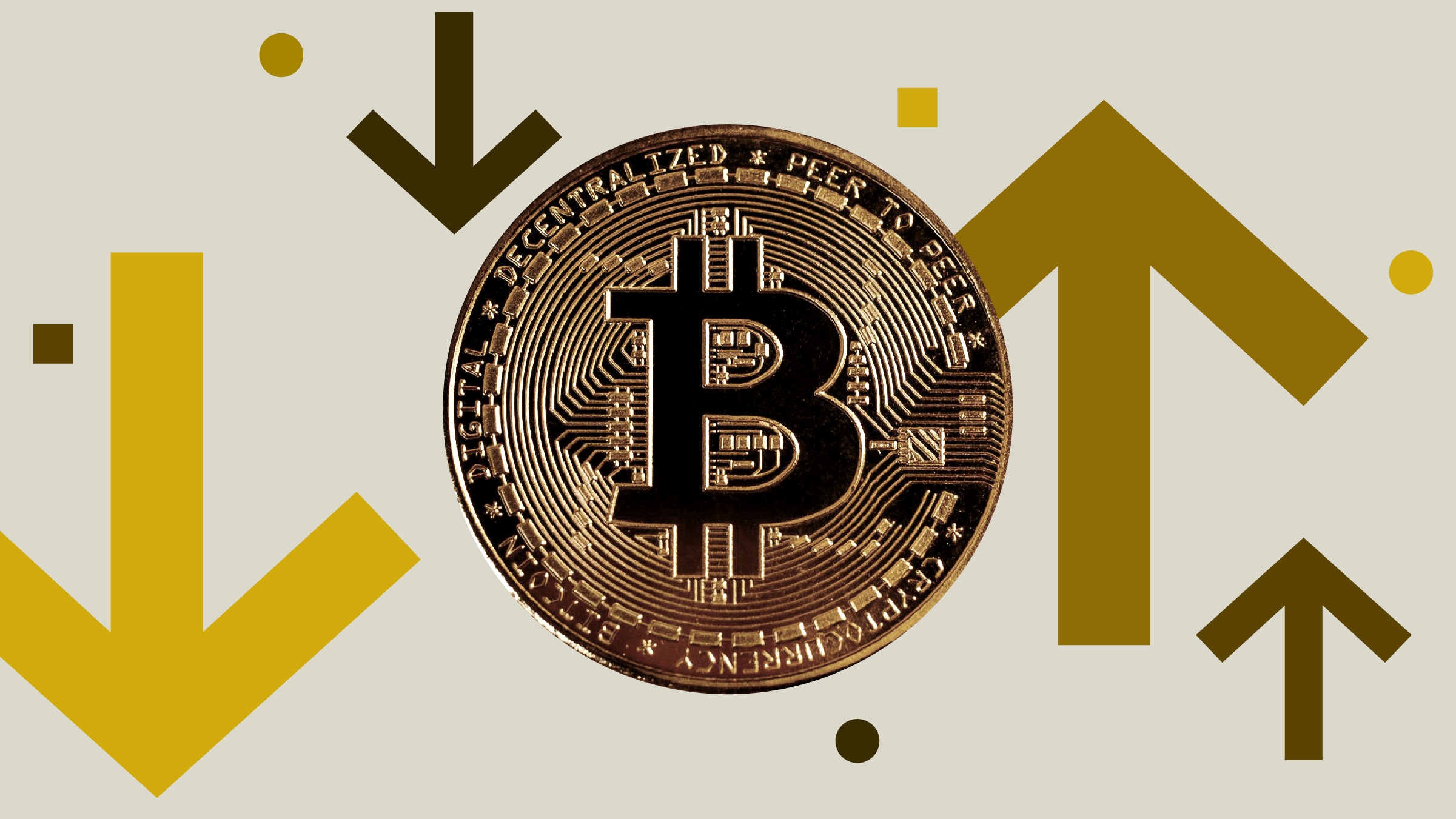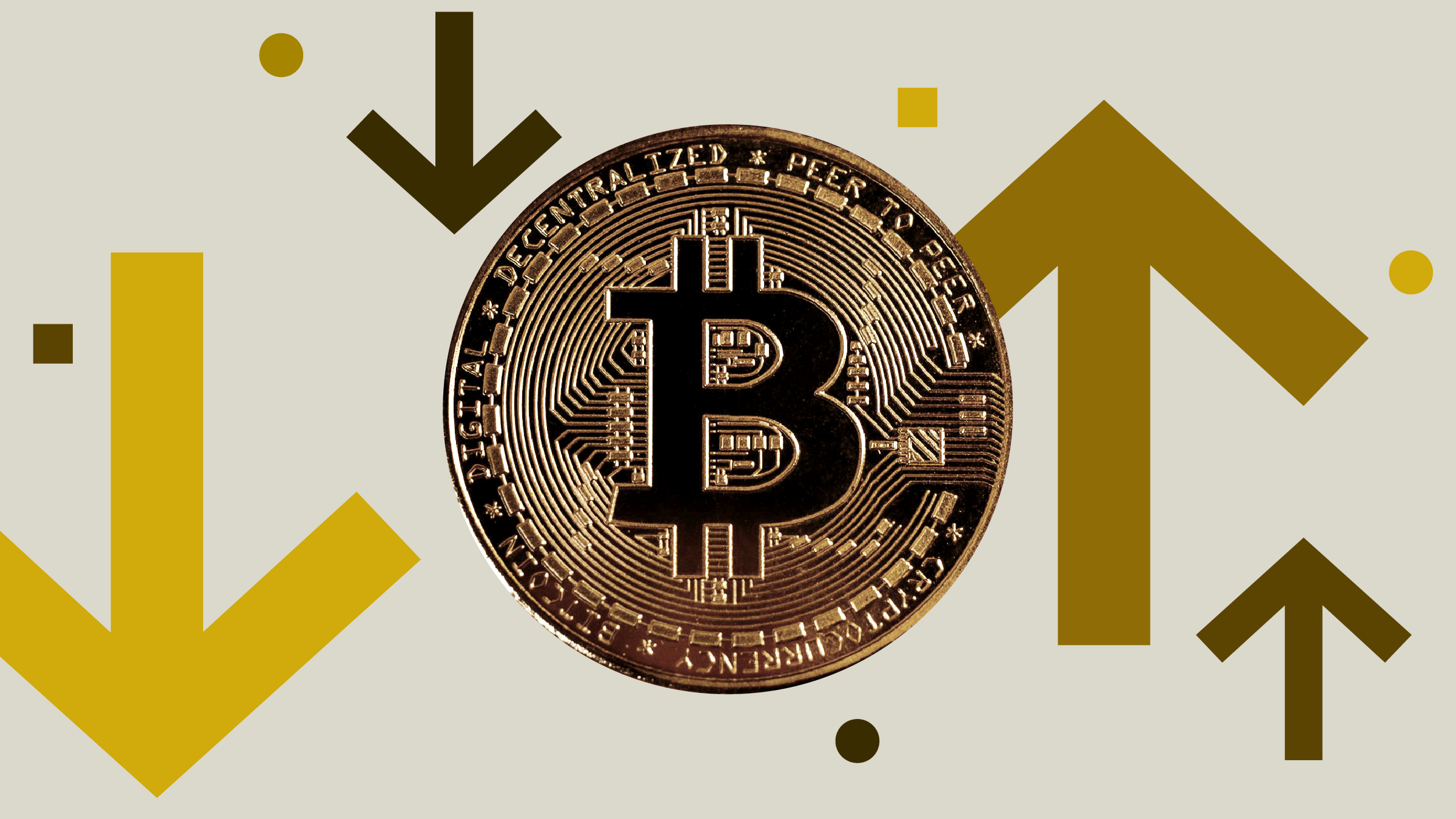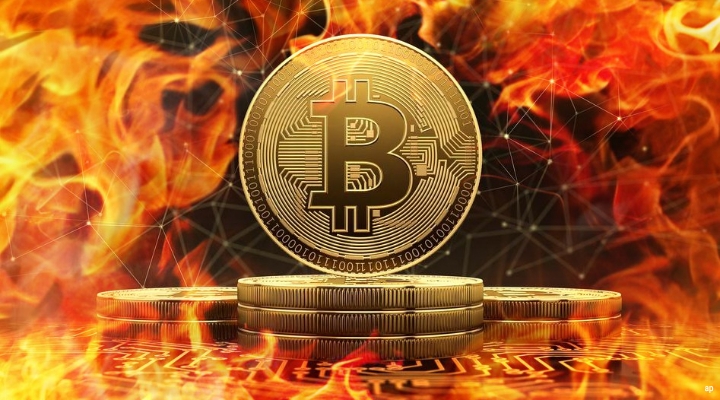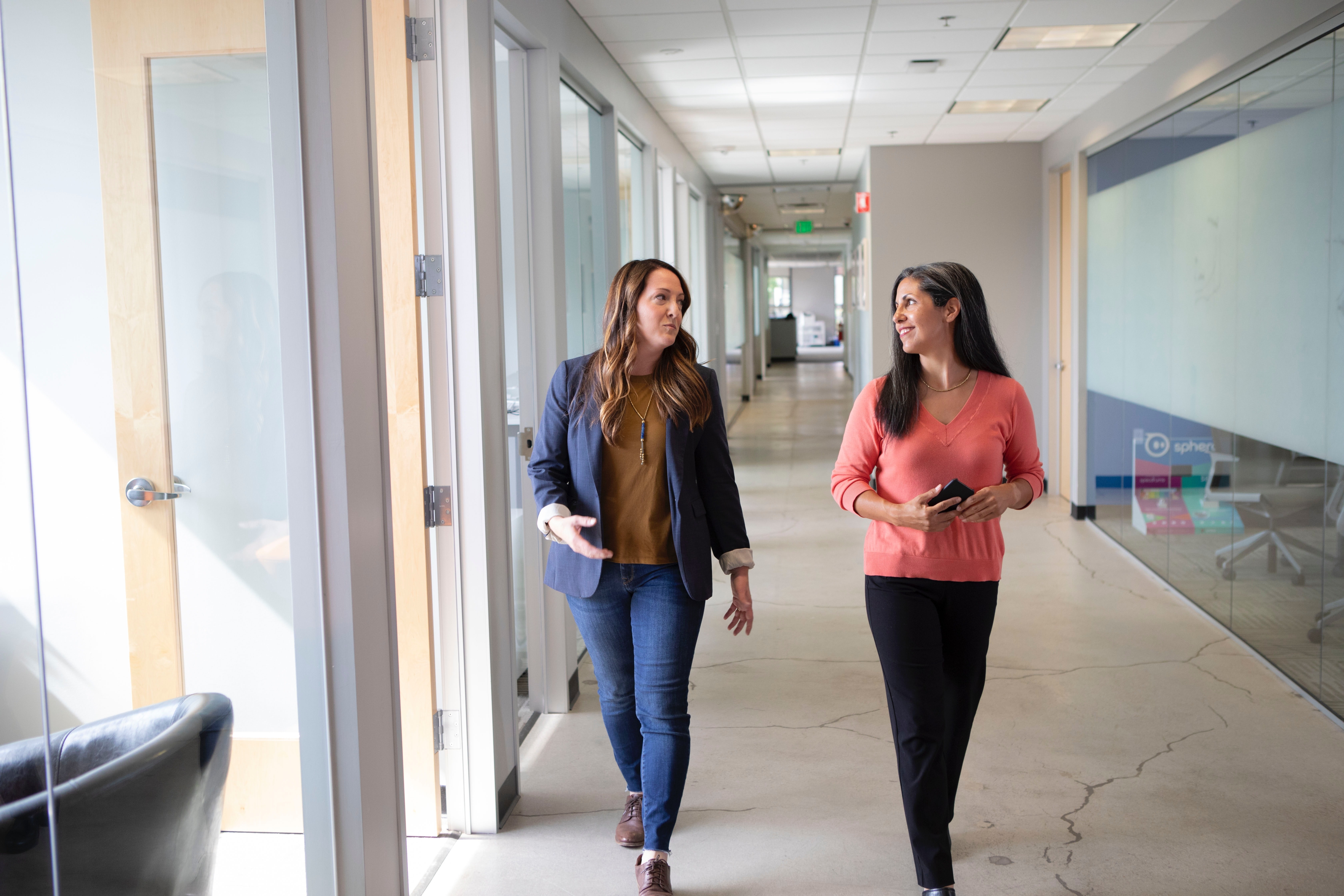Valerio Baselli: Hello and welcome to Morningstar. The global banking sector is experiencing a strong distress after the collapse of the Silicon Valley Bank in the U.S. and the emergency rescue of the Credit Suisse by UBS. In this context, cryptocurrencies are reacting very well with Bitcoin and Ethereum having rebounded following such events.
To understand the reasons behind these movements, and especially to discuss what is to come in the crypto universe, I am joined today by Eliézer Ndinga, Director of Research at 21Shares. So, Eliézer, last week Bitcoin closed out its best week in four years. Does it mean that a possible crisis within the traditional banking system is good news for cryptos and if so, why?
Eliezer Ndinga: I think there are two ways to think about these questions. Number one, Bitcoin has been created as a nonstate monetary system as an alternative to our existing financial system back in the couple of months after the collapse of the Lehman Brothers. And what is interesting here is that we're seeing this narrative emerging again, given the fact that we've seen many banks affected by the increase in interest rates and most importantly, with the fall of the prices of the bond market. And then, secondly is that crypto assets, especially Bitcoin and Ethereum, have emerged as a new asset class with new use cases and applications built on top, especially for Bitcoin, at the start of the year. We have, of course, as you know, NFTs as you heard with ordinals and most importantly, with smart contracts now built on Bitcoin, very similar to what we see on Ethereum. So, these two, I would say, tailwinds really benefited the price action of crypto assets. Especially over the past couple of weeks, of course, we've seen that Bitcoin has a non-state monetary system where the supply is not emitted or controlled by a Federal Reserve is definitely decoupled from the traditional market.
Baselli: Right. And what do you expect in the short to medium term from the traditional financial sector? More volatility and weakness of some institutions may be? And what do you forecast in terms of monetary policies at this very sensitive time?
Ndinga: For us, the way we're looking at this is waiting for an answer from the Federal Reserve tomorrow (the interview has been recorded on March 21, ed). Tomorrow is going to be a big event where we're going to have the Federal Reserve meeting, whether they're going to stay flat and not increase interest rates either to decrease them or even to increase by between 10 basis points or 50 basis points, we have no indication here (the Fed pushed ahead with another 0.25-point increase in the federal-funds rate to a target range of 4.75% to 5.00%, ed). From what we've seen last week is that the European Central Bank increased the interest rates by 50 basis points. But given what happened with Credit Suisse and the rescue from, of course, the (C&B) we're seeing that there is potentially a need for the Federal Reserve to pose and see how the global banking sector is going to basically react to the overall contagion risk that we've seen over the past couple of weeks.
What is interesting to look at as well is that for the first time in three years, there is coordinated efforts from the central banks to actually open again the U.S. dollar swap lines. The last time that happened was when we had the first COVID-19 cases in Europe, and that's significant as well. That means that there is a dollar caution that the central banks are committed to to provide liquidity to the affected banks going forward. And then, on the flip side, in the U.S., it's very important to also look into how the depositors are going to be insured or not above $250,000.
This is still under debate. But I think looking at globally the banking sector and the financial sector as well as how the overall contagion risk in the U.S. is contained with whether the depositors above $250,000 are completely insured is also something to look at.
And of course, it's going to have an impact on the price developments of crypto assets, especially for the companies relying on these banking relationships to have access to U.S. dollar lines to provide access to, for example, stablecoins as we've seen with Circle having access to, of course, other services at crypto exchanges this may affect these traditional companies. But of course, there are still options in the crypto market to have access to bank accounts, as we've seen with Circle having access to BNY Mellon, where the reserves will help there, right? So, I think these are the things that we're going to really look into in terms of how the global economy will shape our banking sector. But the immediate response that we've seen so far is that the central banks really want to provide liquidity to the market to make sure that this contagion risk is mitigated and contained.
Baselli: Absolutely. Now, let's close the interview with the most important question, I think. In this context that you just described, what are the main consequences for cryptocurrencies and crypto holders?
Ndinga: One of the key metrics to keep in mind for traditional investors and retail investors is to look at the correlation of crypto assets, especially Bitcoin, against the equity markets. For example, we can use indices like the S&P 500 or the Nasdaq-100. What we're seeing today, especially since the start of the year because the price action of Bitcoin as performed by about 65% year-to-date, we're seeing a decoupling from the equity market. And as I mentioned previously, there are two narratives. There is, number one, the non-state monetary system that emerges again for Bitcoin and most importantly, the fundamentals are very strong with new use cases built on top of these non-state monetary system with NFTs and of course, smart contracts.
So, what is interesting here is how the crypto market down the line is going to completely decouple from the equity market and really emerge thanks to the fundamentals where we're seeing more developers and more users interacting with different platforms built on top of blockchain technology. And of course, beyond that, what we're seeing today is that there is a clear convergence between traditional finance and also crypto currencies, especially blockchains technology. We're seeing the tokenization of assets like bonds. We're seeing the tokenization of fiat currencies as well with stablecoins and clearly, there is a pathway to disruption, thanks to this new infrastructure built with blockchain technology.
To give you some numbers, for example, last year, Tether settled about $18 trillion in value in 2022 compared to Mastercard and Visa that combined had about, I believe, $17 trillion. So, these are the things that we're seeing today where there is a clear disruption in this whole innovation built thanks to blockchain technology, whether on Bitcoin, whether on Ethereum and other contract platforms, and that's really the key thing to remember how the crypto market down the line, thanks to fundamentals, is going to decouple from the equity market and outperform. And so far, this is what we're seeing.
Baselli: Thank you so much, Eliézer, for your time. For Morningstar, I'm Valerio Baselli. Thanks for watching.






















